Former Ina Airfield of the Imperial Japanese Army
In early March, I visited Ina City, Nagano Prefecture. I came here to see the remains of the former Ina Airfield of the Imperial Japanese Army.
What remains is a concrete structure.
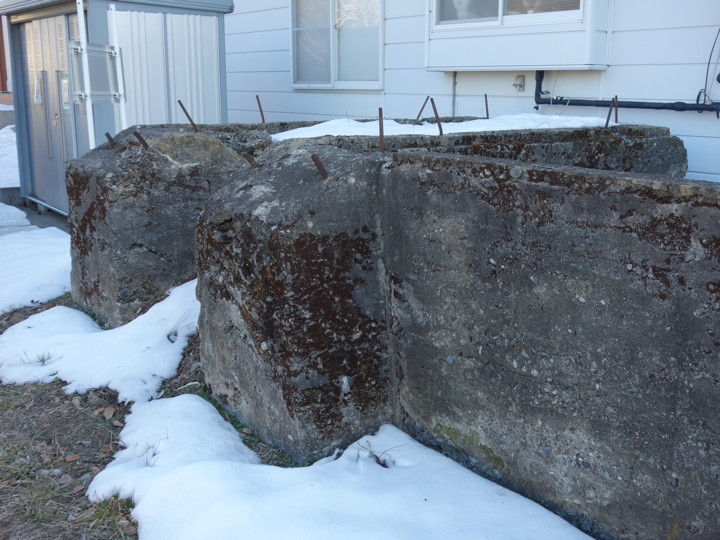
There are several reinforcing bars sticking out, and they look like the foundation of something.
The length of the concrete structure is about 30 meters. It remains along the road.
There are what look like reinforcing supports at equal intervals.
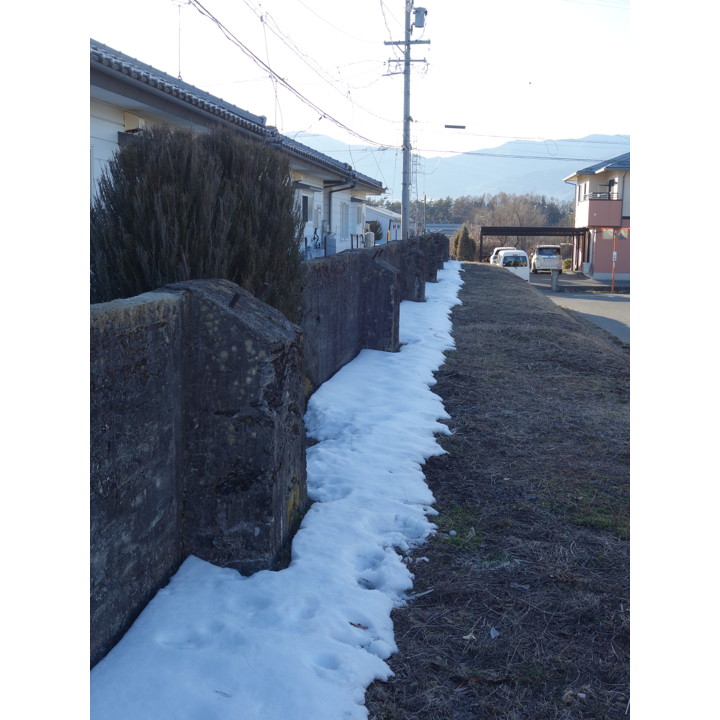
Looking at it from a little distance, it looks like this. The road is downhill, but the structure is almost horizontal.

In front of this concrete structure, there is an explanatory board “About the Former Ina Airfield of the Army" set up by the Ina City Board of Education.
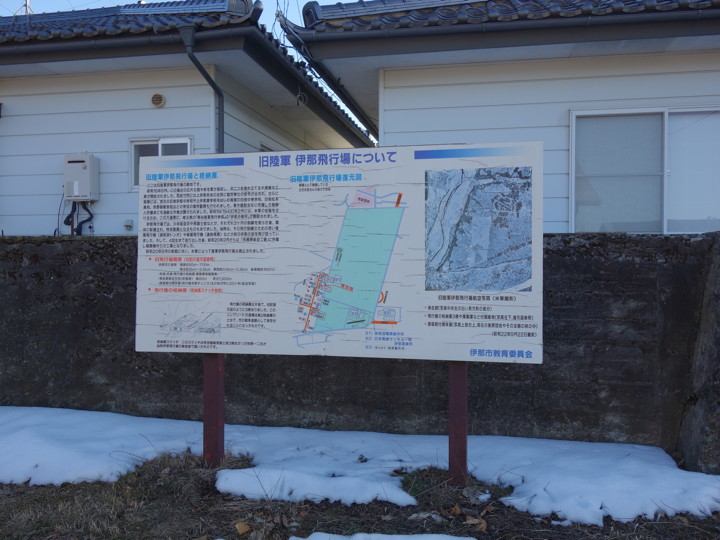
The following is the content of the explanatory board, plus information from other books.
In 1943, the military confiscated the fields and forests here and began construction to fill in the valleys in April. This was the construction of the Ina Airfield. The Kabuki-gumi was in charge of the work, and the Chubu 100th Unit, a military construction unit, was also involved in the construction work. In November, residents from all over Kami-Ina were ordered to work for the military, and they joined in the construction work. In the following year, students from the former Ina Junior High School, Kamiina Agricultural School, Matsumoto High School, and Nagano Normal School were also mobilized.
The airfield covered an area of 150 hectares, and a runway 1,300 meters long and 80 meters wide was built.
In 1944, the “Ina Branch School" of the Kumagaya Army Flying School was established, and boy airmen and apprentice officers underwent three months of training before being deployed to the war zone.
After sending the students 4 times, then this place was used as a factory to build fighter planes from February 1945.
This is an enlargement of a portion of the map on the explanatory board, and it seems that this concrete structure was the foundation of Hangar no.2. During the war, three wooden hangars had been built.
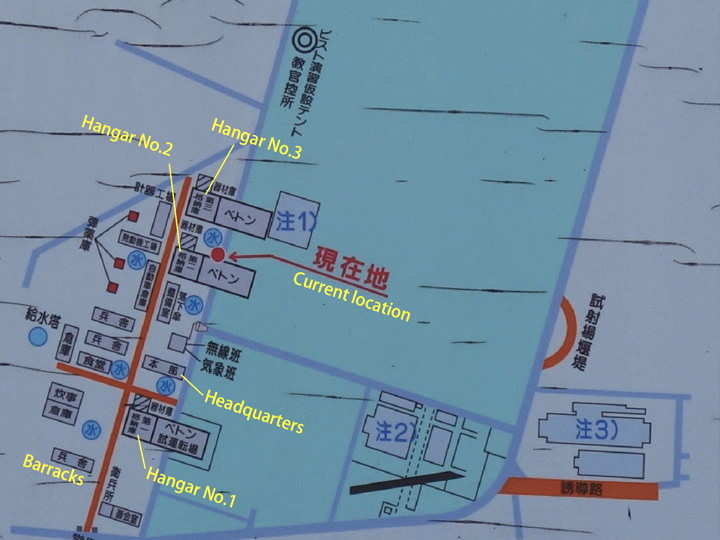
In 1945, right after the war ended, the planes and weapons were burned by the Japanese army itself, and the soldiers left, leaving only the wreckage of one hangar and one building of the unit headquarters.
In September of the same year, the Japanese government established the Reclamation Bureau as an external bureau of the Ministry of Agriculture and Forestry to promote development projects.
The Nagano Prefectural Agricultural Association took the lead in the development of the former Ina Airfield site, while the actual work was carried out by a pioneer association formed locally. (Much of the land was sold back to the former landowners.)
Initially, it was difficult to develop the area because water was scarce, but irrigation work in 1951 (included in the Mibugawa River Comprehensive Development Project) solved the water supply problem.
For more information on the Mibugawa Comprehensive Development Project, please refer to a past article with an overview chart, “Tour of Haruchika Power Station" (2022.11.21)
Finally, let’s check the location of the former Ina Airfield on a map and an aerial photograph.
There is an aerial photograph (taken in August 1947) taken after the war, and the airfield site is shown in white on the right.
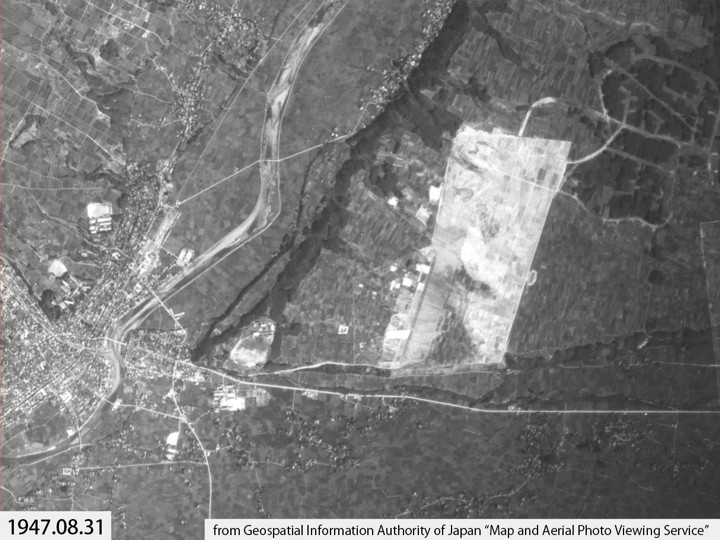
The current map as the same scale is shown .
The arrowed point is where the foundation of the hangar remains.
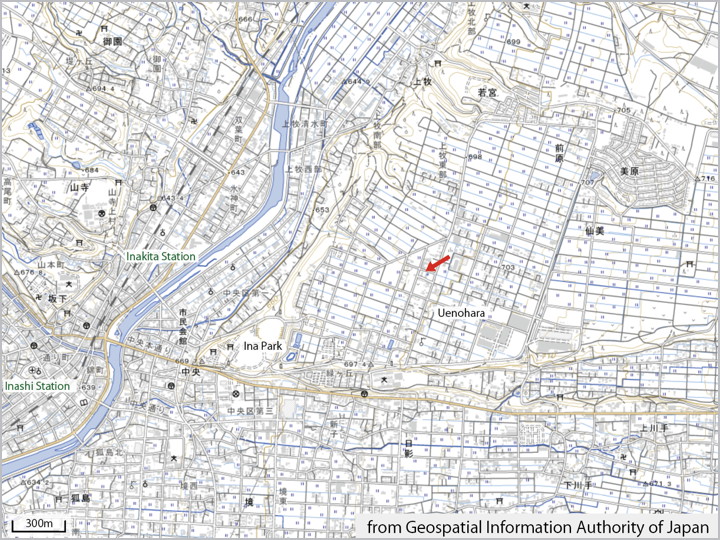
Finally, a map of the larger area is shown to see the location. The red rectangle indicates the area shown on the map above.
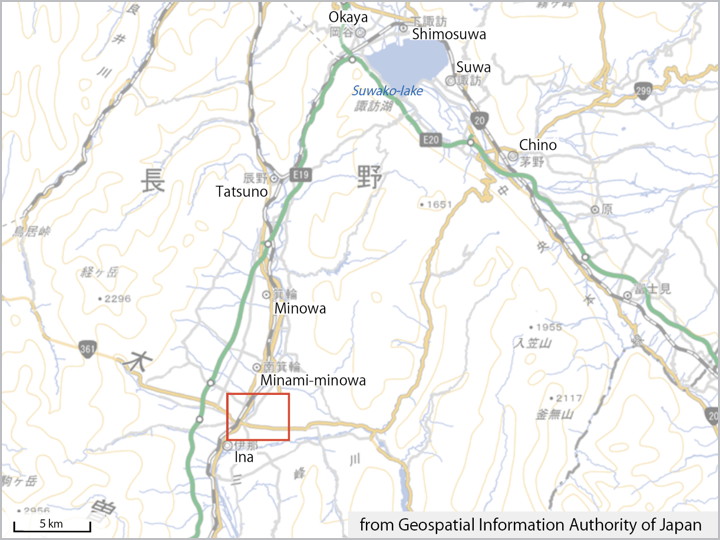
This time I ended up seeing only the remains, but I am thinking of cycling around the area that used to be an airfield again someday.
[Reference]
“About the former Ina Airfield of the Army" (explanation board at the site / Ina City Board of Education)
“History of the Ten Years of Development in Kamiina" (Editing Committee of the Ten Years of Development in Kamiina County / The Executive Committee of the Kamiina Kaitakushi Tenth Anniversary Commemorative Project / 1957)
“Ina City History, Contemporary Edition" (Ina City History Publication Society/1982)
“Illustrated History of Kamiina" (written by Masanao Ikegami and others/ Kyodo Shuppan-sha / 1987)
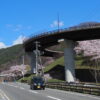
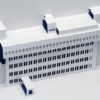


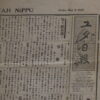
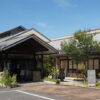
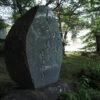
Discussion
New Comments
No comments yet. Be the first one!